Home>Gardening & Outdoor>Landscaping Ideas>How Fast Does The Grass Grow Back In Golf
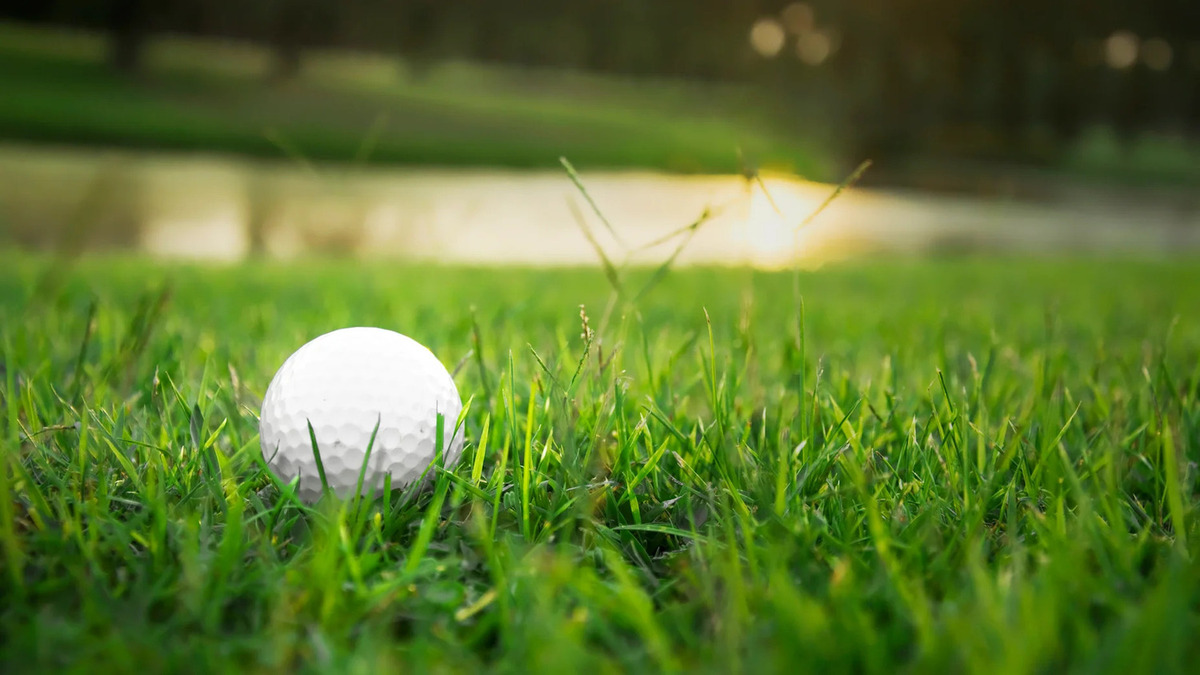

Landscaping Ideas
How Fast Does The Grass Grow Back In Golf
Modified: March 28, 2024
Discover expert landscaping ideas for golf courses and learn how fast the grass grows back after maintenance. Enhance your golf course with efficient grass regrowth strategies.
(Many of the links in this article redirect to a specific reviewed product. Your purchase of these products through affiliate links helps to generate commission for Storables.com, at no extra cost. Learn more)
Factors Affecting Grass Growth on Golf Courses
Grass growth on golf courses is influenced by a myriad of factors, each playing a crucial role in the overall health and appearance of the turf. Understanding these factors is essential for golf course managers and groundskeepers to maintain lush, vibrant fairways and greens. Let's delve into the key elements that affect grass growth on golf courses:
-
Climate and Weather Conditions: The climate of a region significantly impacts grass growth on golf courses. Factors such as temperature, precipitation, and sunlight exposure play pivotal roles in determining the type of grass that thrives in a particular area. For instance, warm-season grasses like Bermuda grass flourish in hot climates, while cool-season grasses such as Kentucky bluegrass thrive in cooler regions.
-
Soil Quality and Composition: The composition and quality of the soil directly impact the growth and health of grass on golf courses. Factors such as soil pH, drainage, compaction, and nutrient levels all influence the ability of grass to establish strong root systems and access essential nutrients.
-
Grass Species and Cultivars: The selection of grass species and cultivars is a critical factor in determining the success of grass growth on golf courses. Different grass species have varying tolerance levels for environmental stressors, foot traffic, and mowing heights. Understanding the unique characteristics of each grass type is essential for promoting healthy growth and resilience.
-
Maintenance Practices: The maintenance practices employed on golf courses, such as mowing, fertilization, irrigation, and aeration, directly impact grass growth. Proper mowing heights, regular fertilization to provide essential nutrients, efficient irrigation to ensure adequate moisture levels, and aeration to alleviate soil compaction are vital for fostering optimal grass growth.
-
Pest and Disease Management: Pests and diseases can significantly hinder grass growth on golf courses. Effective pest management strategies, such as integrated pest management (IPM) and disease prevention measures, are crucial for safeguarding the turf from destructive insects and pathogens that can impede healthy grass growth.
-
Usage and Traffic: The level of foot and cart traffic on golf courses can impact grass growth. High traffic areas are prone to compaction, which can restrict root growth and nutrient uptake. Implementing strategies to minimize compaction, such as designated cart paths and strategic turf management, is essential for promoting healthy grass growth in these areas.
Understanding these factors is essential for golf course managers and groundskeepers to make informed decisions and implement effective strategies to promote optimal grass growth and maintain the aesthetic appeal of the course.
Key Takeaways:
- Factors like climate, soil quality, grass species, maintenance, pests, and traffic affect how fast grass grows on golf courses. Understanding these factors helps maintain lush, vibrant fairways and greens.
- Techniques like proper irrigation, precision mowing, fertilization, aeration, pest management, soil care, and traffic control promote healthy grass growth on golf courses. These strategies ensure lush, resilient, and visually captivating turf surfaces.
Read more: How Fast Does Monkey Grass Grow
Techniques for Promoting Grass Growth on Golf Courses
Implementing effective techniques to promote grass growth is essential for maintaining the lush, verdant appearance of golf courses. Groundskeepers and golf course managers employ a variety of strategies to foster optimal grass growth and ensure the overall health and resilience of the turf. Let's explore the techniques that play a pivotal role in promoting grass growth on golf courses:
1. Proper Irrigation:
- Efficient Water Management: Implementing a well-designed irrigation system is crucial for delivering the right amount of water to the turf. Utilizing smart irrigation technologies and scheduling watering sessions during optimal times of the day helps prevent water wastage and ensures that the grass receives adequate moisture for healthy growth.
2. Precision Mowing:
- Correct Mowing Heights: Maintaining the appropriate mowing height for different grass species is essential for promoting healthy growth. Regular mowing at the correct height prevents stress on the grass and encourages the development of strong root systems, leading to lush and resilient turf.
3. Fertilization:
- Balanced Nutrient Application: Providing the turf with essential nutrients through regular fertilization is vital for promoting vigorous grass growth. Groundskeepers carefully analyze soil nutrient levels and apply balanced fertilizers to ensure that the grass receives the necessary elements for robust and sustained growth.
Read more: How Fast Does Zoysia Grass Grow
4. Aeration:
- Alleviating Soil Compaction: Aerating the soil helps alleviate compaction, allowing air, water, and nutrients to penetrate the root zone. This process promotes healthy root development and enhances the overall vigor and resilience of the grass.
5. Pest and Disease Management:
- Integrated Pest Management (IPM): Implementing IPM strategies to monitor and control pests and diseases is crucial for safeguarding the turf from potential threats. By employing proactive measures and targeted treatments, groundskeepers can protect the grass from damage and ensure uninterrupted growth.
6. Soil Management:
- Optimizing Soil Conditions: Analyzing and improving soil quality through practices such as topdressing and soil amendments helps create an optimal environment for grass growth. Well-balanced soil composition and proper pH levels support robust root development and overall turf health.
7. Traffic Management:
- Strategic Turf Protection: Implementing measures to minimize traffic-related stress on the turf, such as designated cart paths and strategic routing, helps prevent compaction and wear. By managing traffic patterns, groundskeepers can promote healthy grass growth in high-traffic areas.
By employing these techniques, golf course managers and groundskeepers can effectively promote grass growth, maintain the aesthetic appeal of the course, and provide golfers with an exceptional playing experience. These strategies, when implemented with precision and care, contribute to the overall health and vibrancy of the turf, ensuring that golf courses showcase lush, resilient, and visually captivating grass surfaces.
Read more: How Fast Does Mexican Feather Grass Grow
Common Challenges in Grass Regrowth on Golf Courses
Grass regrowth on golf courses is often confronted with a myriad of challenges that can impede the establishment of healthy, vibrant turf. Understanding and addressing these common challenges is essential for golf course managers and groundskeepers to implement effective strategies and ensure the successful regrowth of grass. Let's explore the prevalent obstacles that golf courses encounter in the process of grass regrowth:
-
Environmental Stressors: Golf courses are subjected to various environmental stressors, including extreme temperatures, drought, and excessive rainfall. These conditions can hinder the regrowth of grass, leading to patchy or thin turf coverage. Managing the impact of environmental stressors through appropriate irrigation, turf selection, and maintenance practices is crucial for promoting successful grass regrowth.
-
Soil Compaction: High levels of foot and cart traffic can result in soil compaction, restricting the movement of air, water, and nutrients within the soil. Compacted soil hinders root development and can impede the regrowth of grass. Implementing aeration and soil decompaction measures is essential for alleviating soil compaction and creating an optimal environment for grass regrowth.
-
Pest and Disease Pressure: Pests and diseases pose significant challenges to grass regrowth on golf courses. Insect infestations and pathogen outbreaks can cause extensive damage to the turf, inhibiting regrowth and compromising the overall health of the grass. Employing proactive pest and disease management strategies, such as regular monitoring, targeted treatments, and cultural practices, is essential for mitigating these challenges and facilitating successful grass regrowth.
-
Inadequate Nutrient Levels: Insufficient soil nutrients can hinder the regrowth of grass, leading to weak and sparse turf coverage. Soil analysis and balanced fertilization are essential for ensuring that the grass receives the necessary nutrients for robust regrowth. By addressing nutrient deficiencies, groundskeepers can promote healthy and vigorous grass regrowth on golf courses.
-
Weed Encroachment: Weed infestation can compete with regenerating grass, impeding its growth and establishment. Controlling weed encroachment through targeted herbicide applications, proper turf management, and regular monitoring is essential for creating favorable conditions for successful grass regrowth.
-
Challenging Transition Periods: During seasonal transitions, such as from winter to spring or summer to fall, grass regrowth faces challenges related to temperature fluctuations and changing environmental conditions. Managing the transition periods through appropriate maintenance practices and turf care is crucial for facilitating seamless and robust grass regrowth.
By acknowledging and addressing these common challenges, golf course managers and groundskeepers can implement targeted strategies to overcome obstacles and promote successful grass regrowth. Through proactive management, precise maintenance practices, and a deep understanding of the unique challenges faced by golf courses, groundskeepers can ensure that the regrowth of grass results in lush, resilient, and visually captivating turf surfaces that enhance the overall appeal and playability of the course.
Strategies for Maintaining Healthy Grass on Golf Courses
Maintaining healthy grass on golf courses is a multifaceted endeavor that requires a strategic and comprehensive approach. Groundskeepers and golf course managers employ a range of strategies to ensure the sustained health, vibrancy, and resilience of the turf, creating an optimal playing surface for golfers. Let's delve into the essential strategies that play a pivotal role in maintaining healthy grass on golf courses:
1. Soil Testing and Analysis:
Conducting regular soil testing and analysis is fundamental for understanding the nutrient composition, pH levels, and overall health of the soil. By gaining insights into the specific needs of the turf, groundskeepers can tailor their fertilization and soil amendment strategies to provide the grass with the essential nutrients and optimal growing conditions.
2. Precision Fertilization:
Implementing a precision fertilization program based on the results of soil testing is crucial for ensuring that the grass receives the necessary nutrients for robust growth. By applying balanced fertilizers at the right time and in the right amounts, groundskeepers can promote healthy root development, vigorous growth, and overall turf resilience.
Read more: How To Grow Golf Course Grass
3. Efficient Irrigation Practices:
Employing efficient irrigation practices, including smart watering schedules and the use of water-conserving technologies, is essential for delivering adequate moisture to the turf. By preventing overwatering or underwatering, groundskeepers can maintain optimal soil moisture levels, promoting healthy grass growth while minimizing water wastage.
4. Integrated Pest Management (IPM):
Implementing an integrated pest management approach is vital for proactively monitoring and controlling pests and diseases that can compromise the health of the grass. By utilizing cultural, biological, and targeted chemical control methods, groundskeepers can safeguard the turf from destructive pests and pathogens, ensuring uninterrupted grass growth.
5. Strategic Mowing and Maintenance:
Adhering to proper mowing practices, including maintaining the correct mowing heights for different grass species, promotes healthy growth and prevents stress on the turf. Additionally, regular maintenance activities such as aeration, dethatching, and topdressing contribute to soil health, root development, and overall turf vigor.
6. Traffic Management:
Implementing strategic traffic management measures, such as designated cart paths and controlled access to sensitive areas, minimizes the impact of foot and cart traffic on the turf. By reducing compaction and wear in high-traffic zones, groundskeepers can preserve the health and aesthetics of the grass.
7. Seasonal Adaptation:
Adapting maintenance practices to seasonal variations, such as adjusting irrigation schedules and turf care routines, is essential for accommodating the changing needs of the grass. By recognizing and addressing the unique challenges posed by different seasons, groundskeepers can ensure that the turf remains healthy and resilient year-round.
By integrating these strategies into their maintenance protocols, golf course managers and groundskeepers can uphold the health and vibrancy of the grass, providing golfers with an exceptional playing experience while preserving the visual appeal of the course. Through proactive management and a deep understanding of the intricate needs of the turf, these strategies contribute to the creation of lush, resilient, and visually captivating grass surfaces on golf courses.
Frequently Asked Questions about How Fast Does The Grass Grow Back In Golf
Was this page helpful?
At Storables.com, we guarantee accurate and reliable information. Our content, validated by Expert Board Contributors, is crafted following stringent Editorial Policies. We're committed to providing you with well-researched, expert-backed insights for all your informational needs.
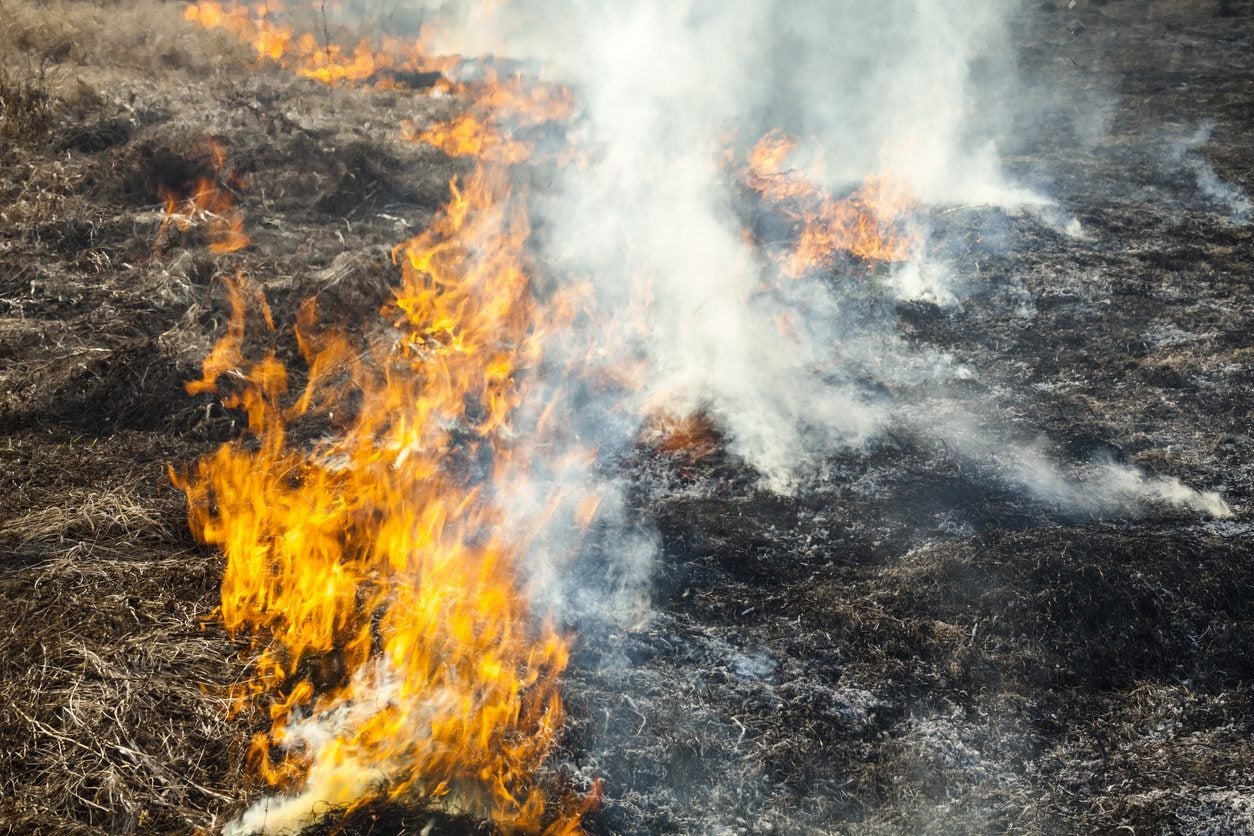
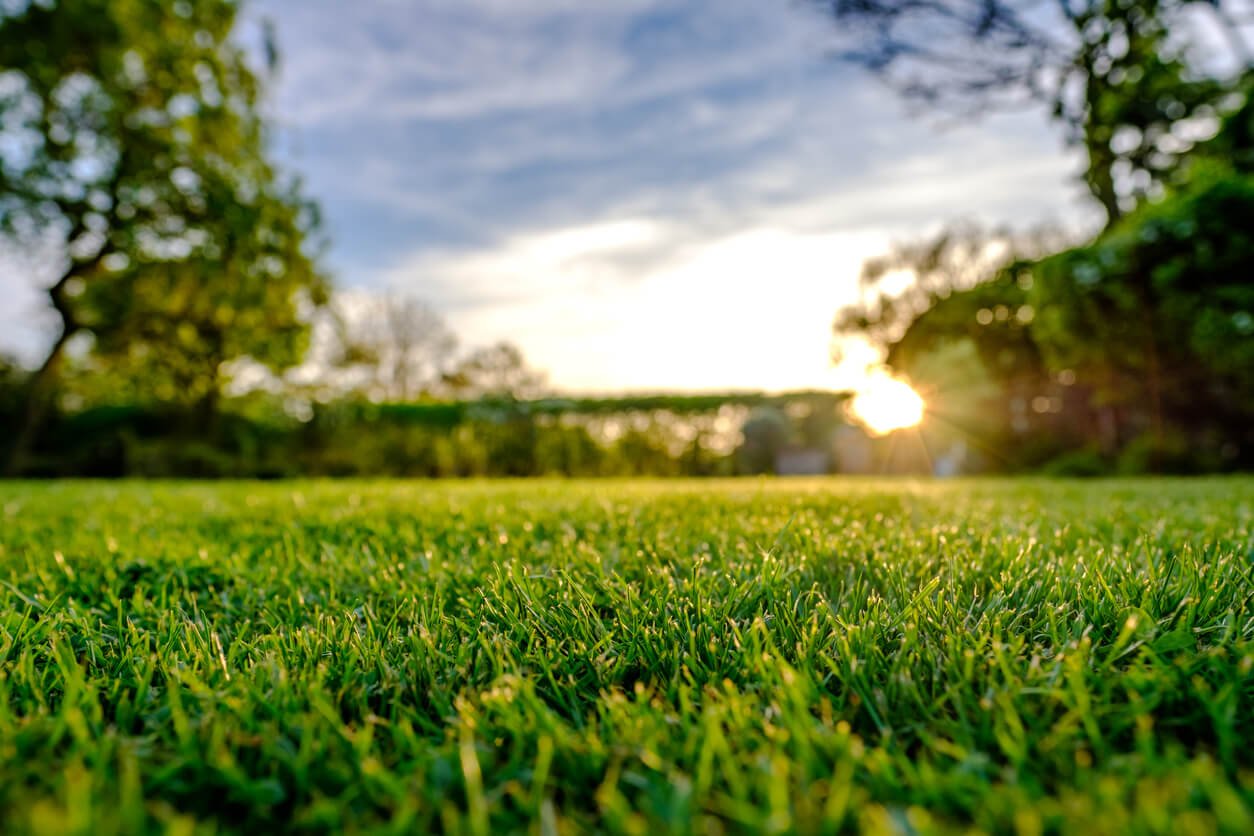
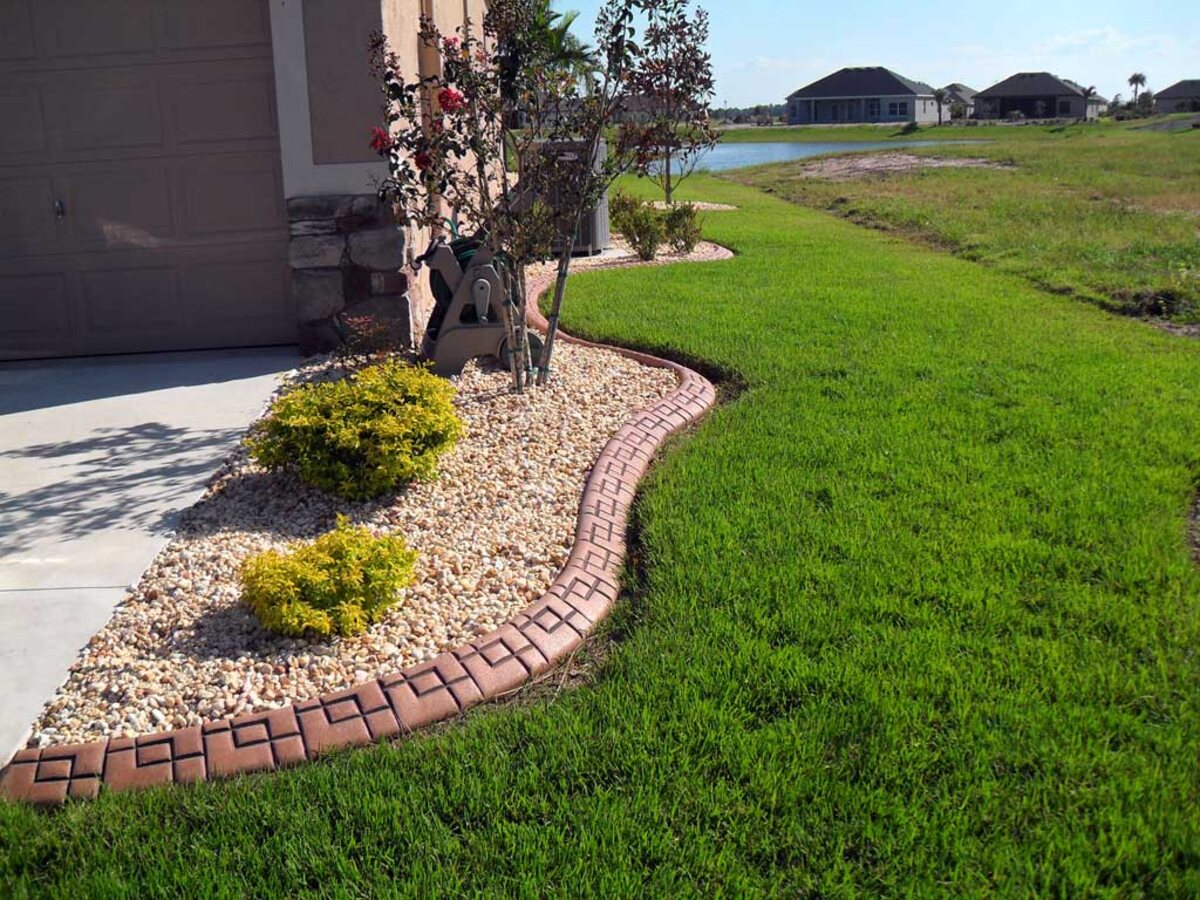
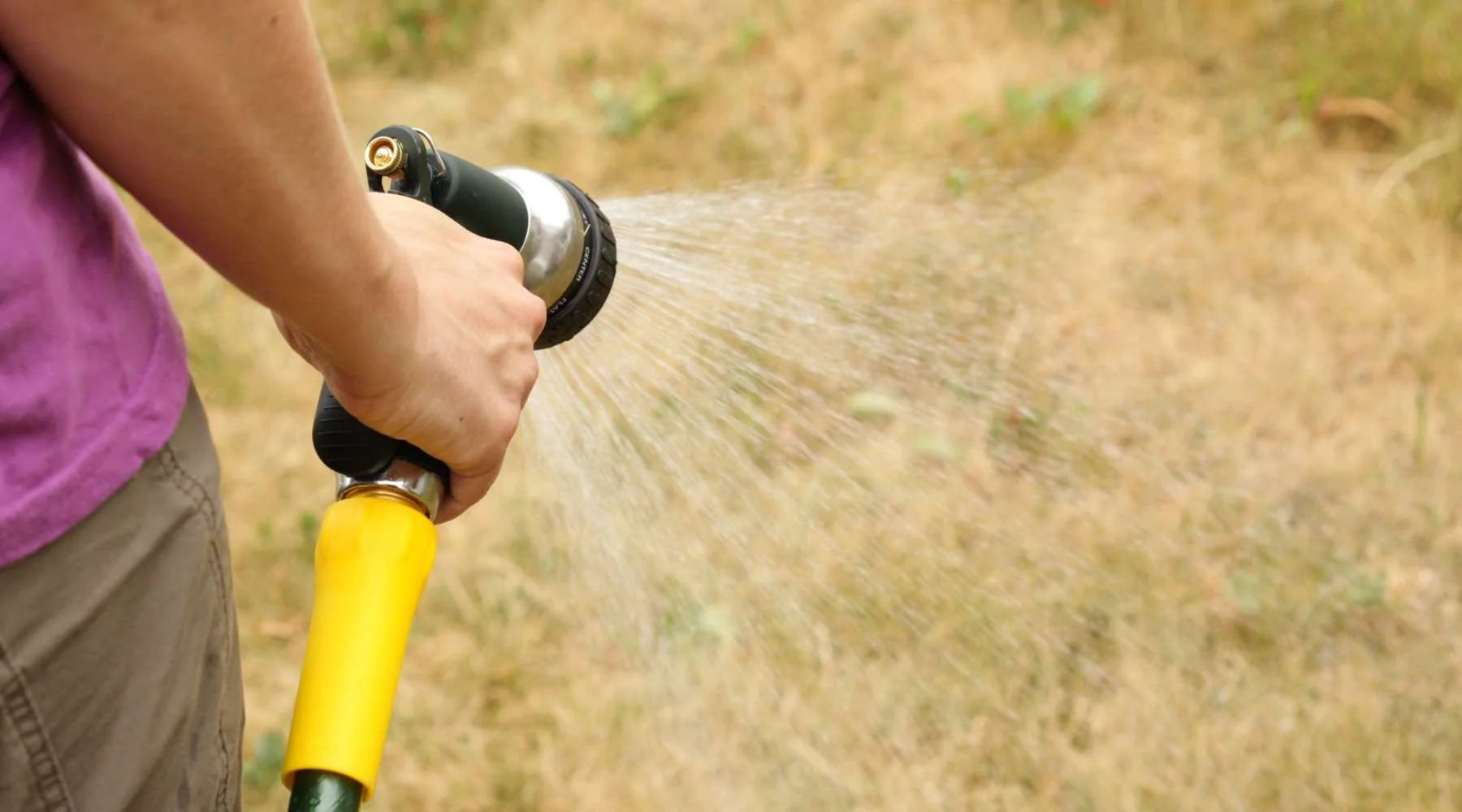
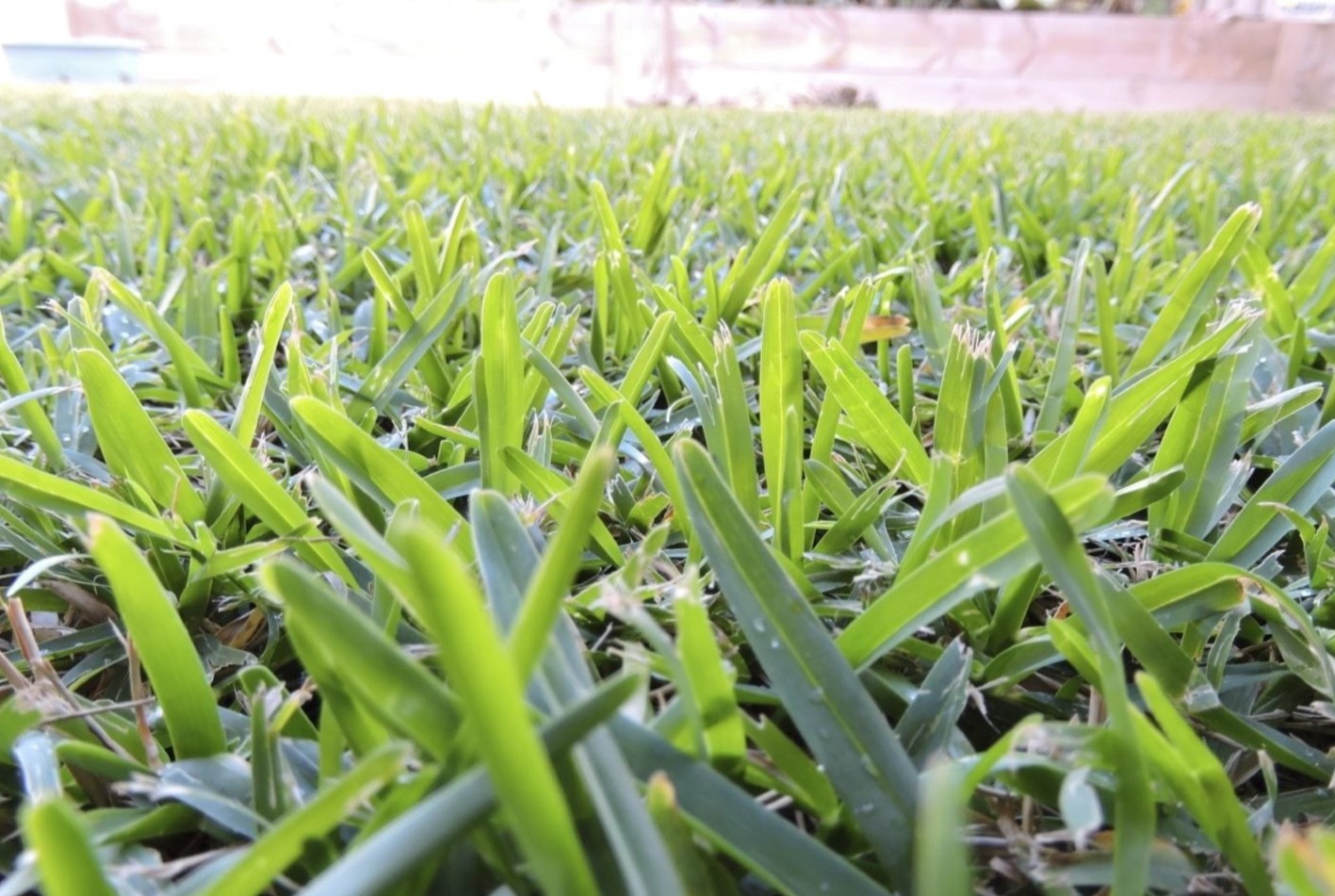
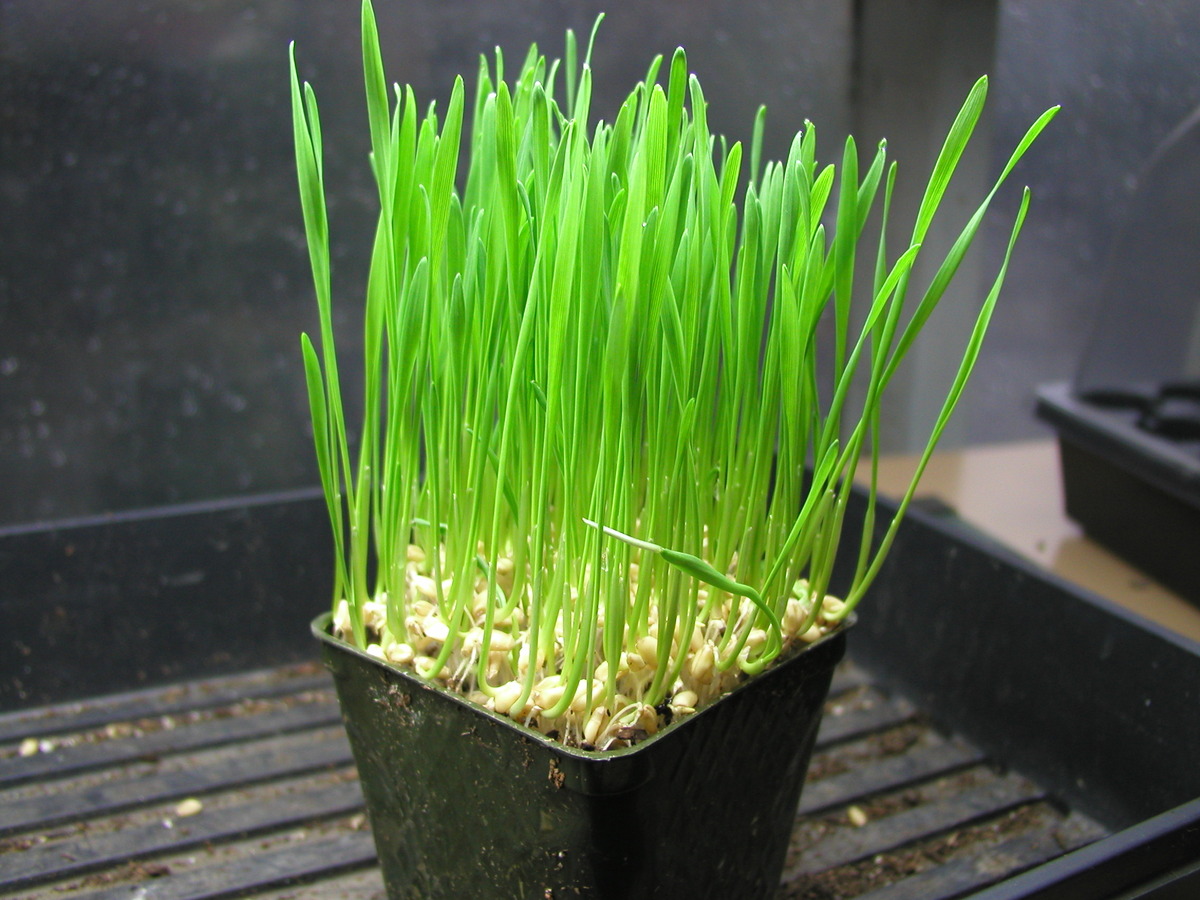
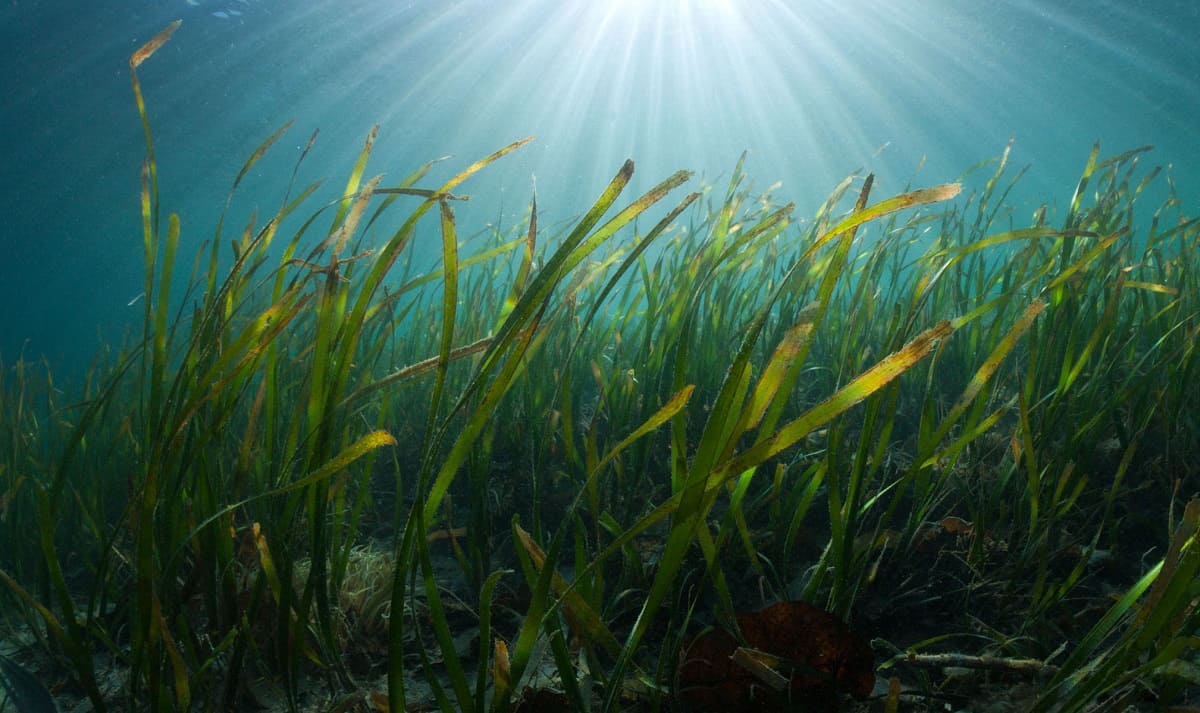
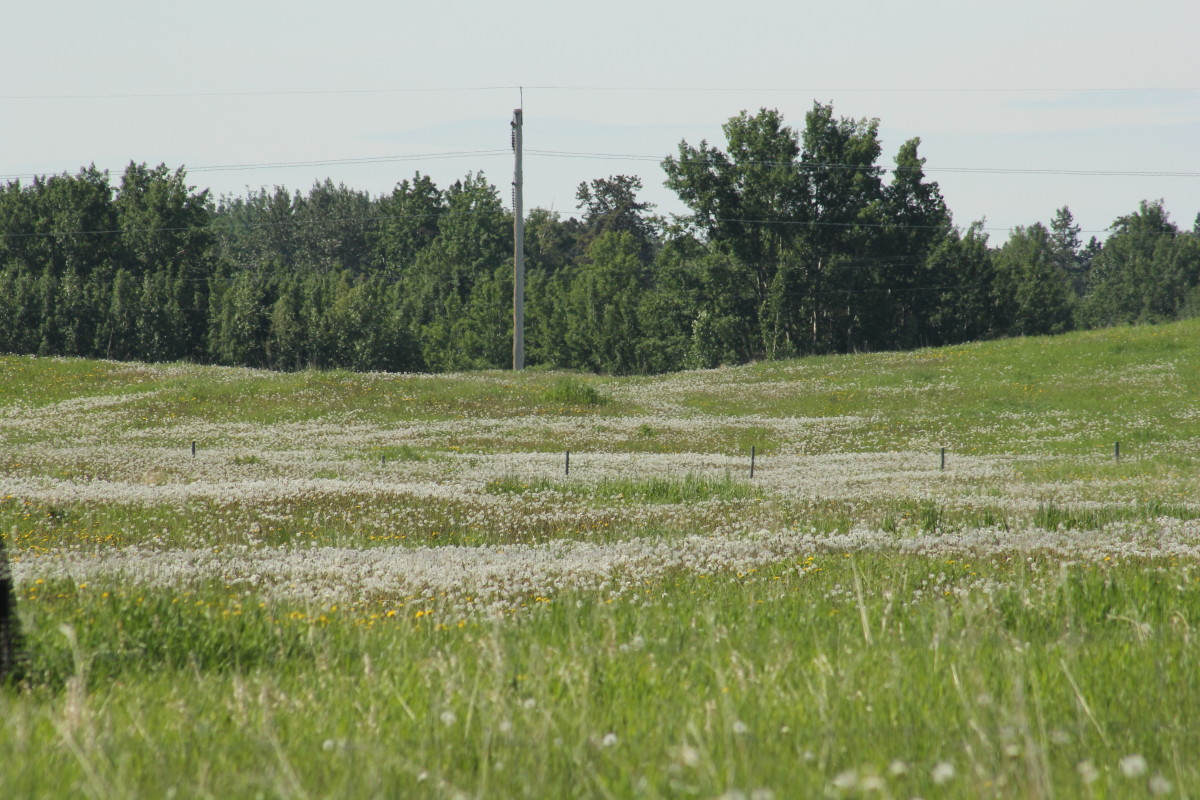
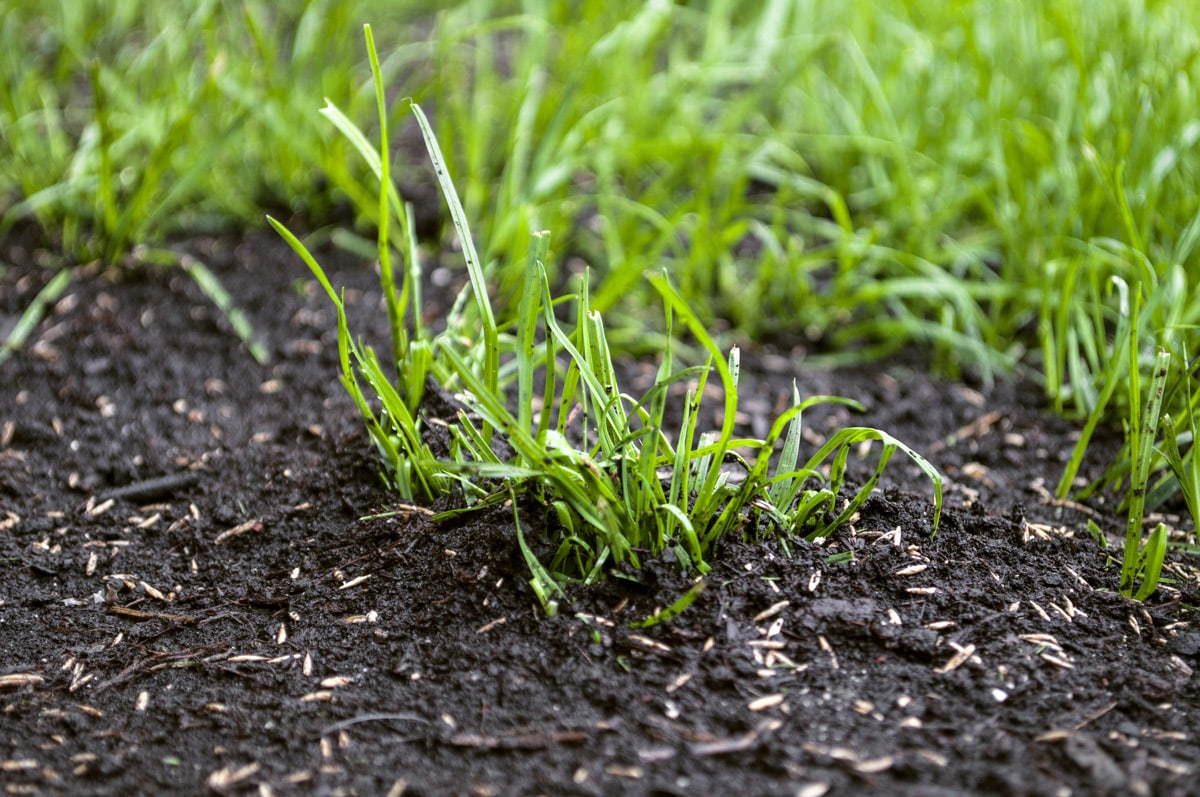
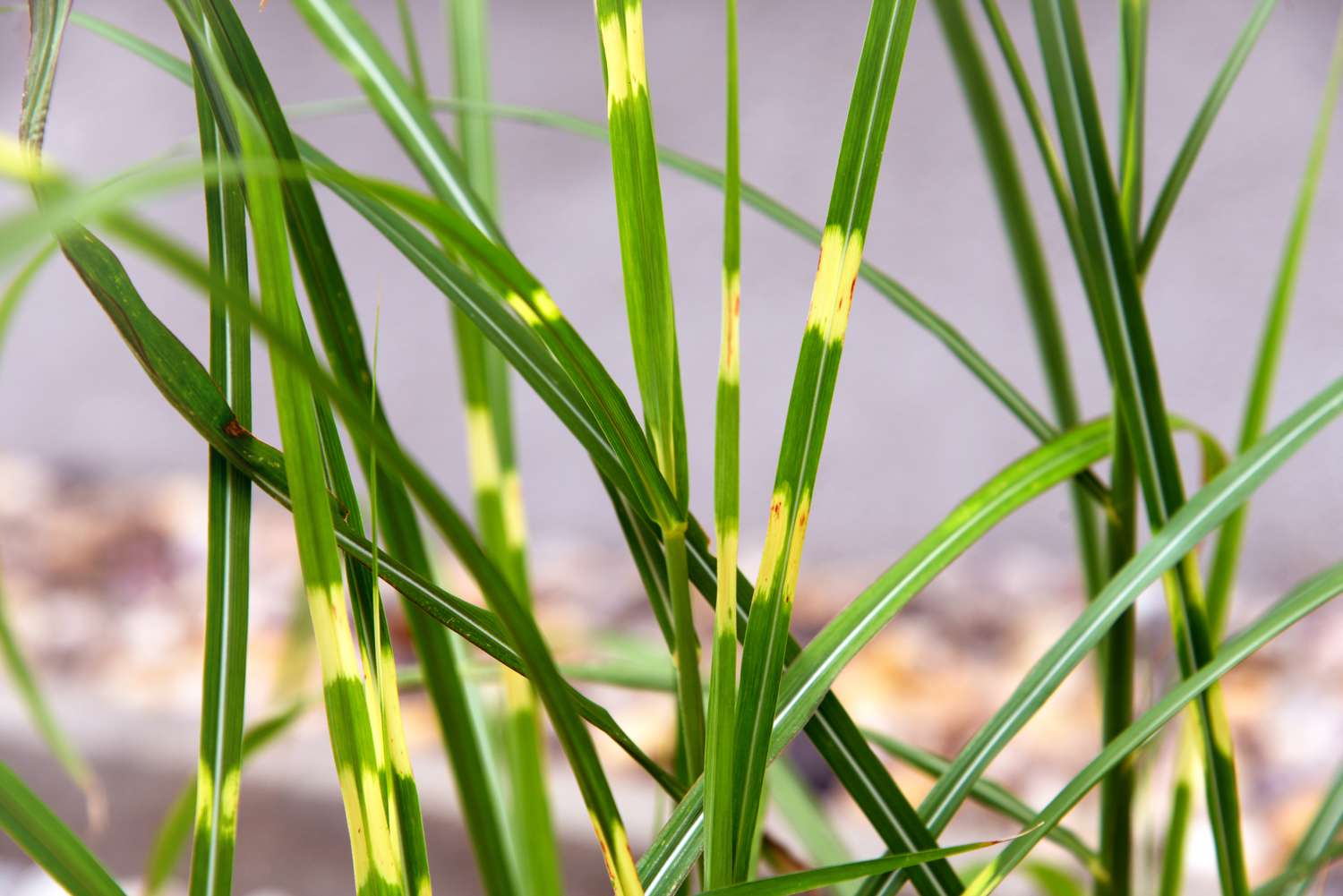
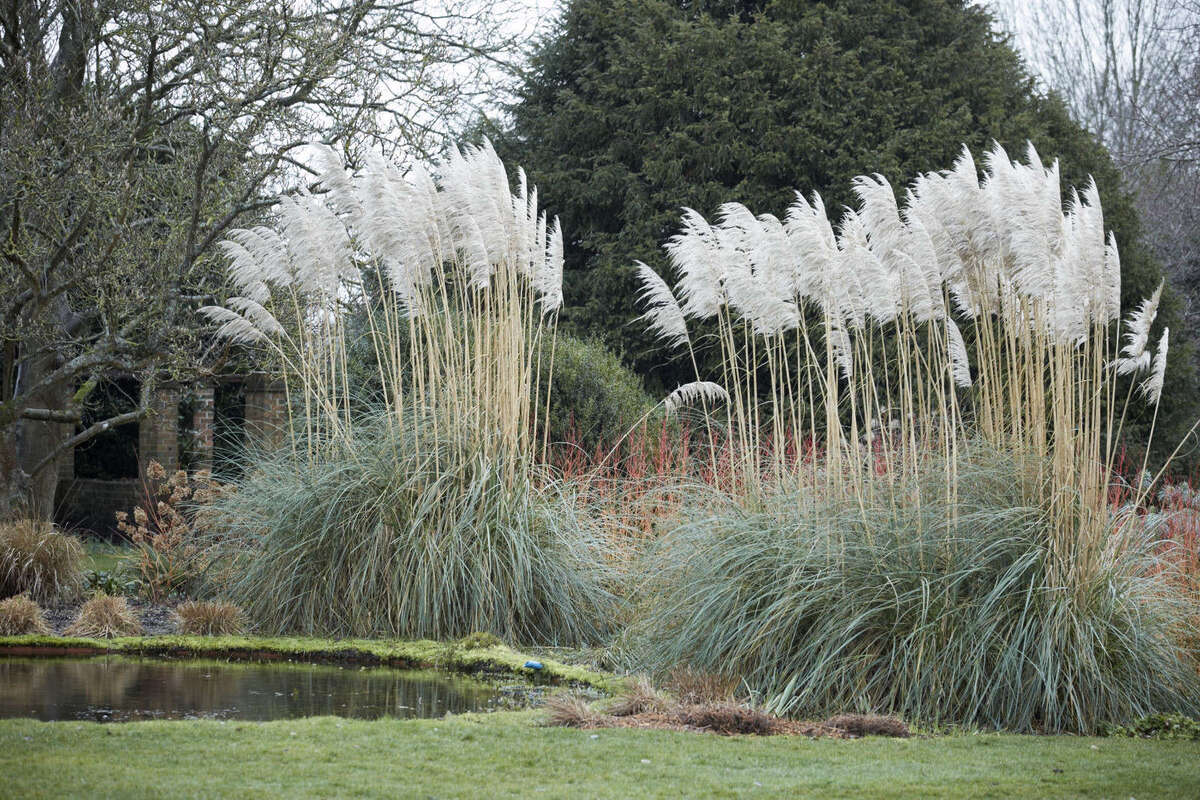

0 thoughts on “How Fast Does The Grass Grow Back In Golf”